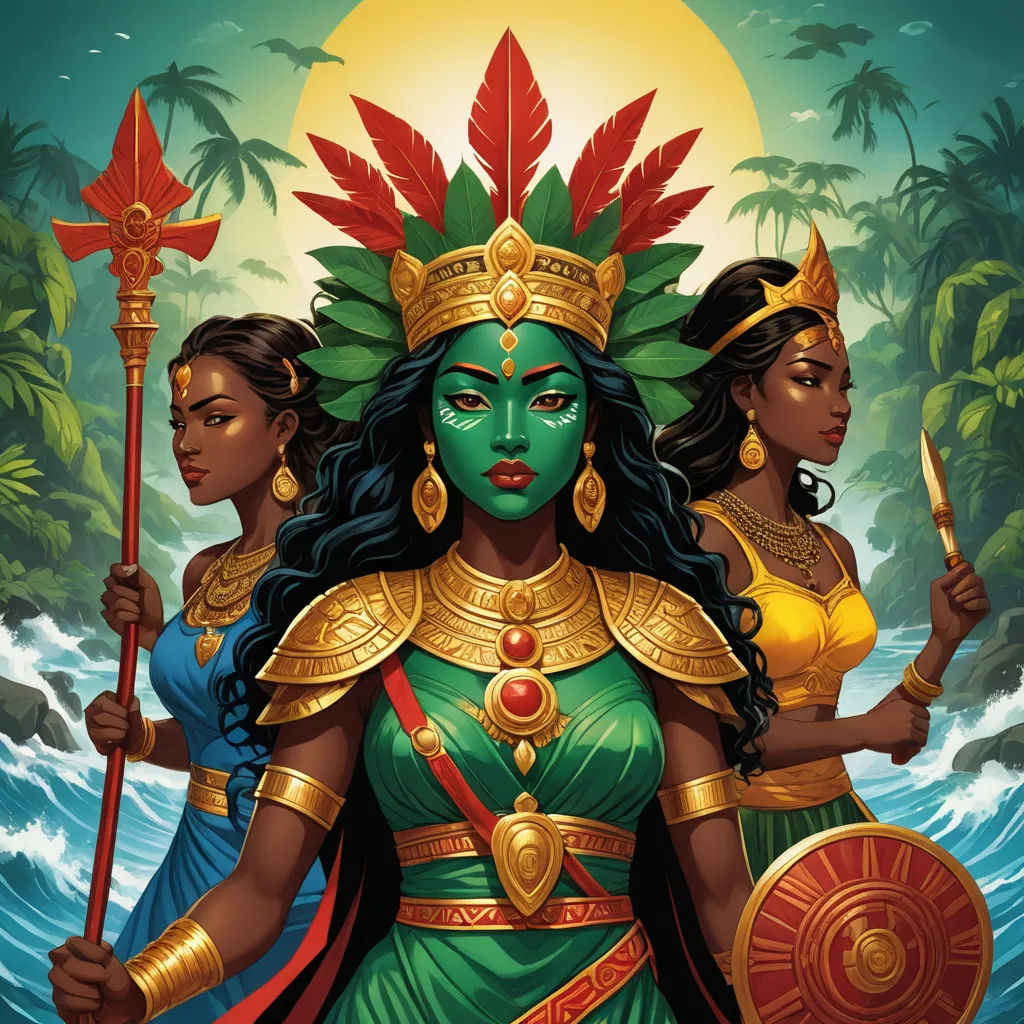
Orixas: Gods of Brazil
By Cy

01 Feb, 2024
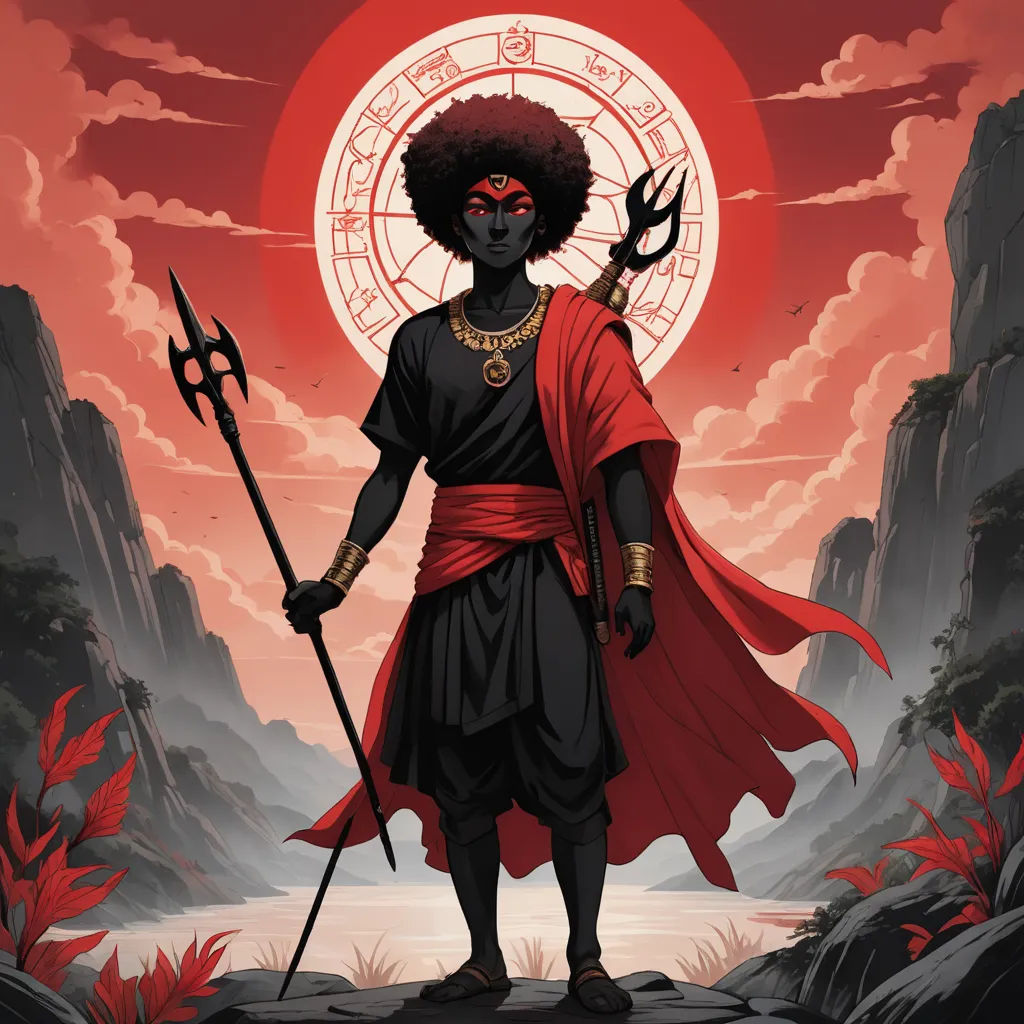
The book opens with a vivid photograph of Exu, the messenger Orisha, known for his cunning and playful nature. His description unveils his role as the communicator between humans and the divine.
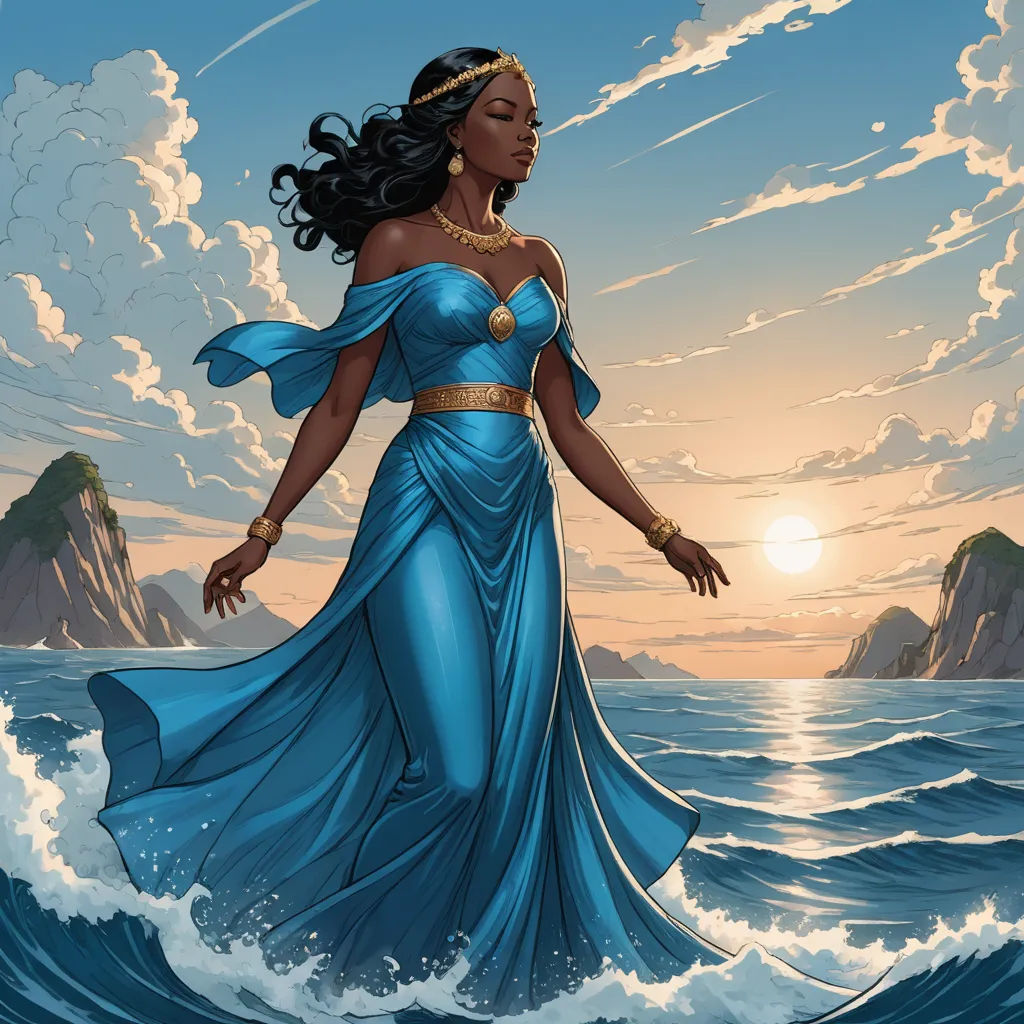
Next, we encounter Iemanja, the mother of all Orishas. Her radiant image is accompanied by a description of her dominion over the sea and her nurturing spirit.
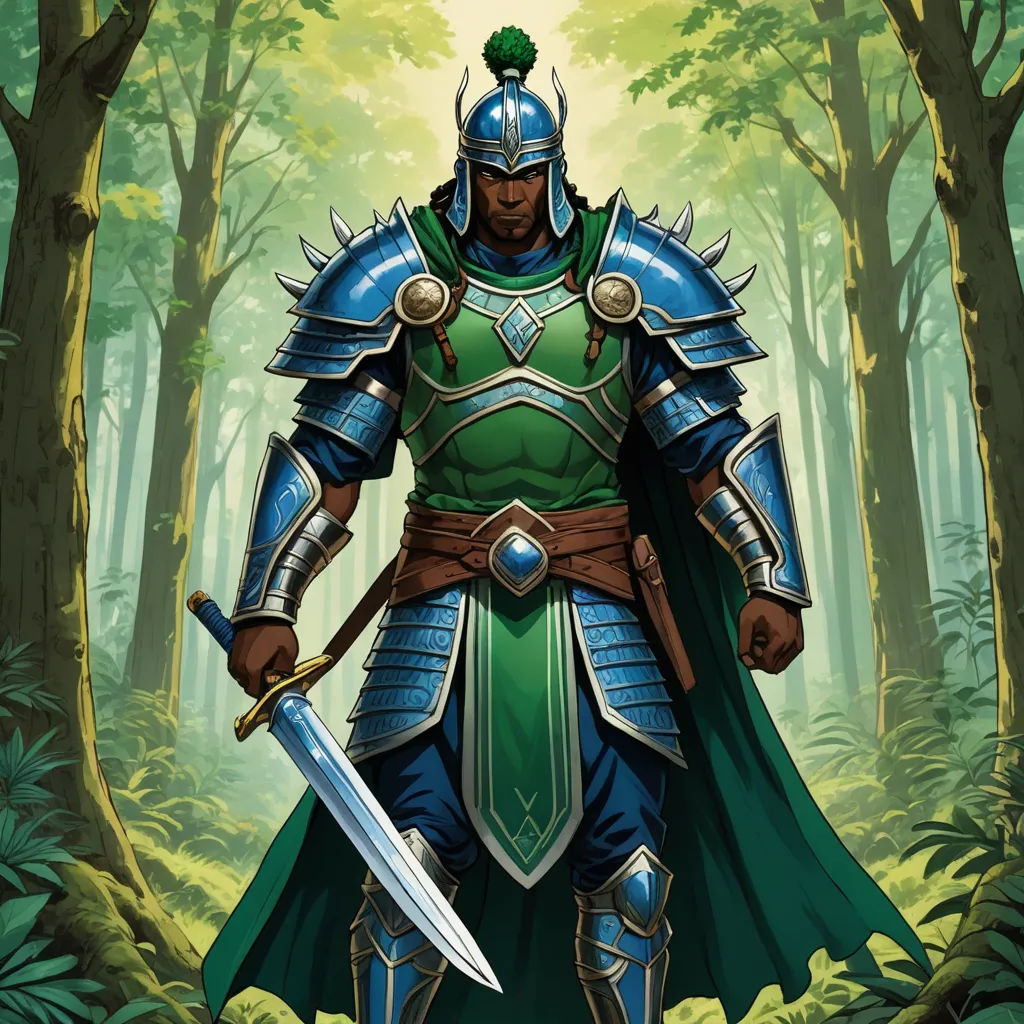
We then meet Ogum, the Orisha of war and iron. His detailed portrayal reveals his strength, resilience, and the important role he plays in clearing obstacles.
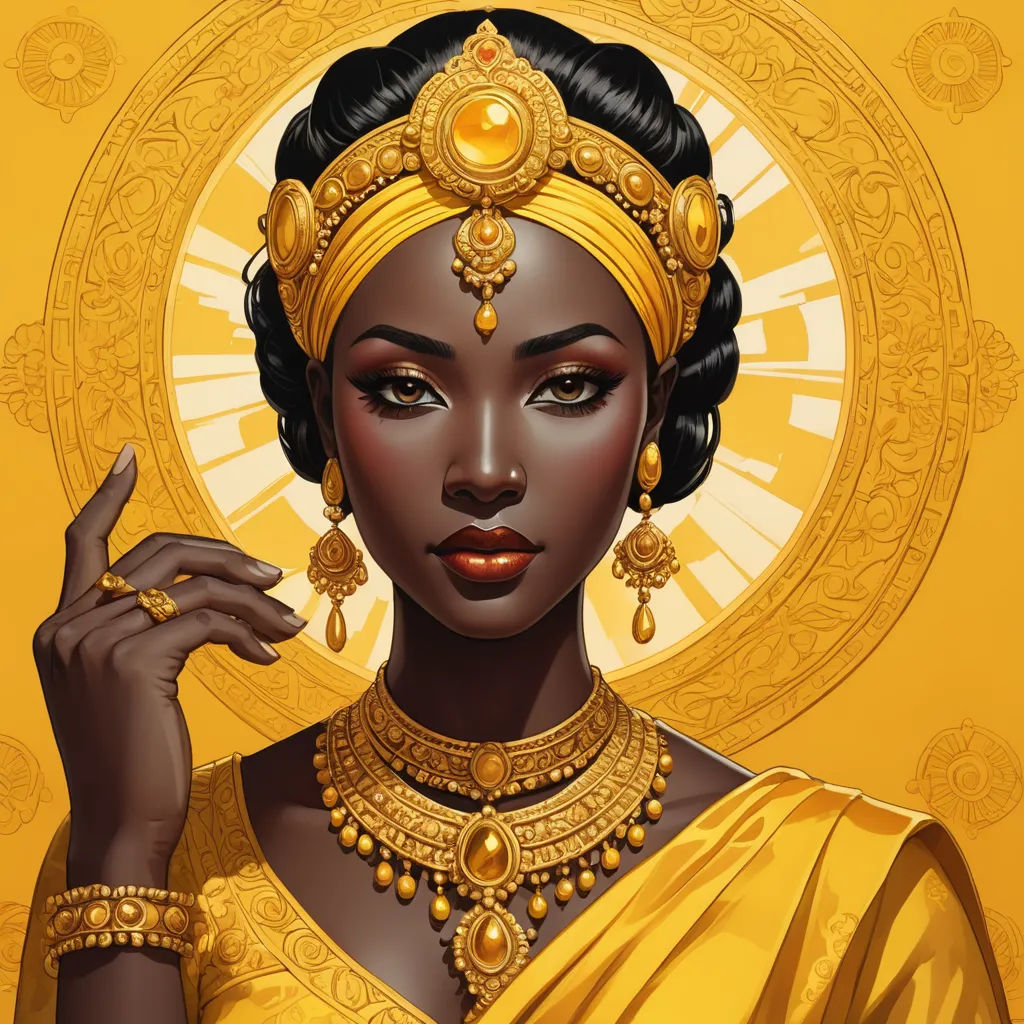
The book then introduces Oxum, the Orisha of love, wealth, and beauty. Her vibrant image is paired with a description of her gentle yet commanding presence.
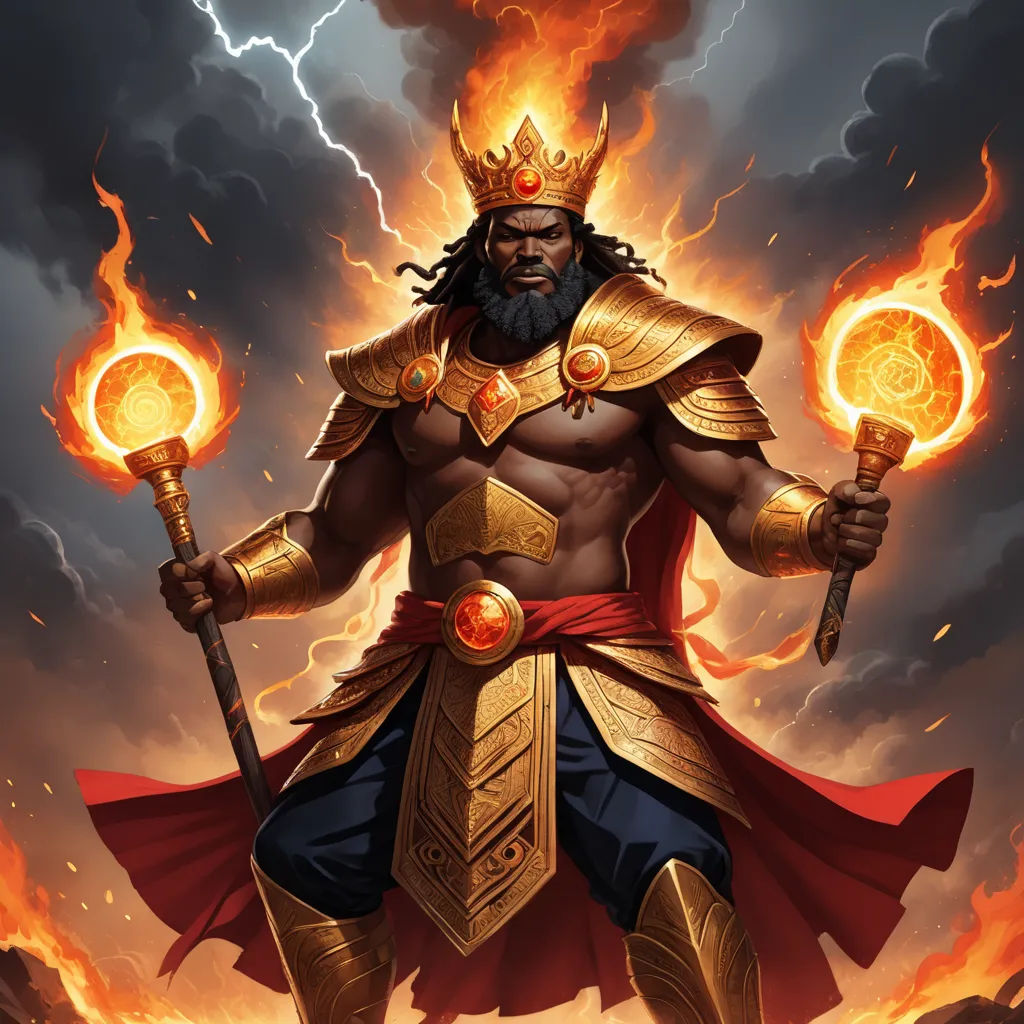
Next, we explore Xango, the Orisha of fire, lightning, and thunder. His fiery image is complemented by a narrative of his passionate and just nature.
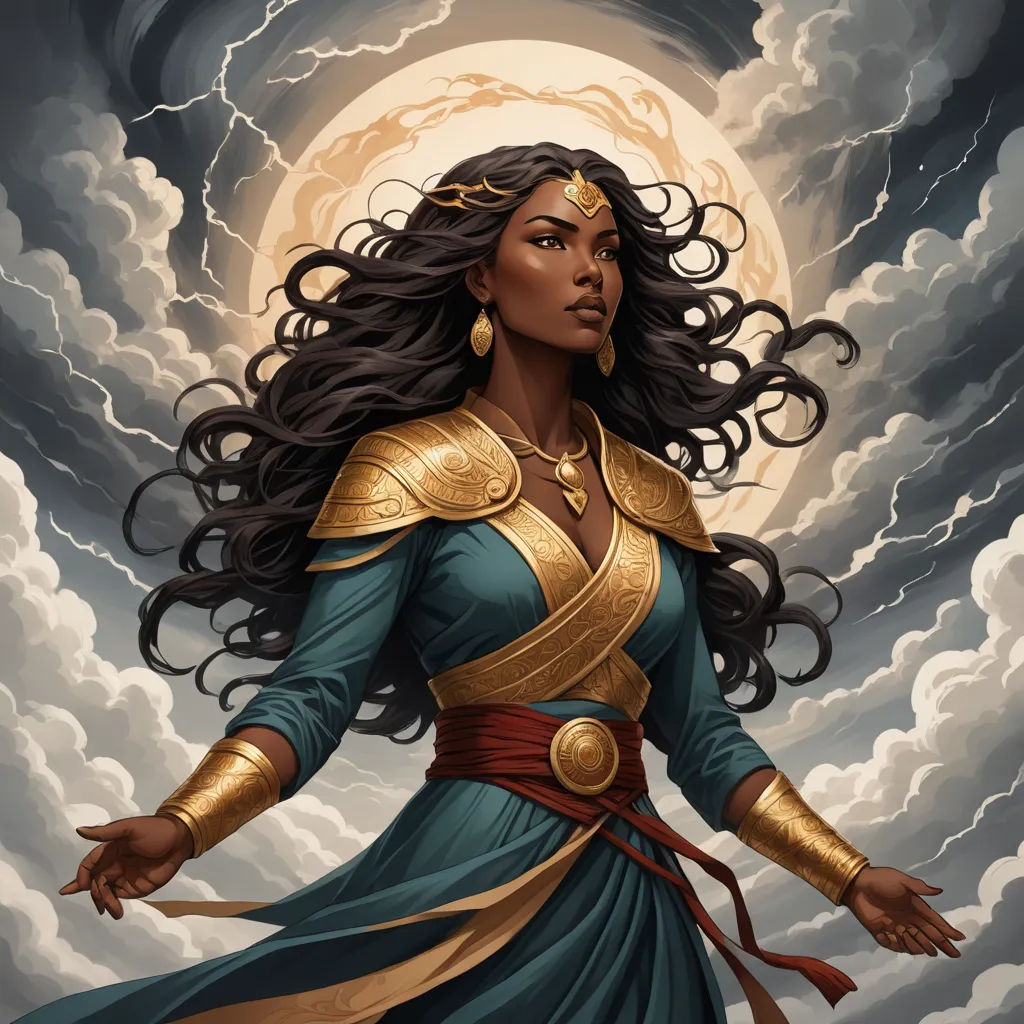
The book then delves into the realm of Yansa, the Orisha of winds, hurricanes, and tempestuous love. Her dramatic image is paired with a description of her wild yet caring spirit.
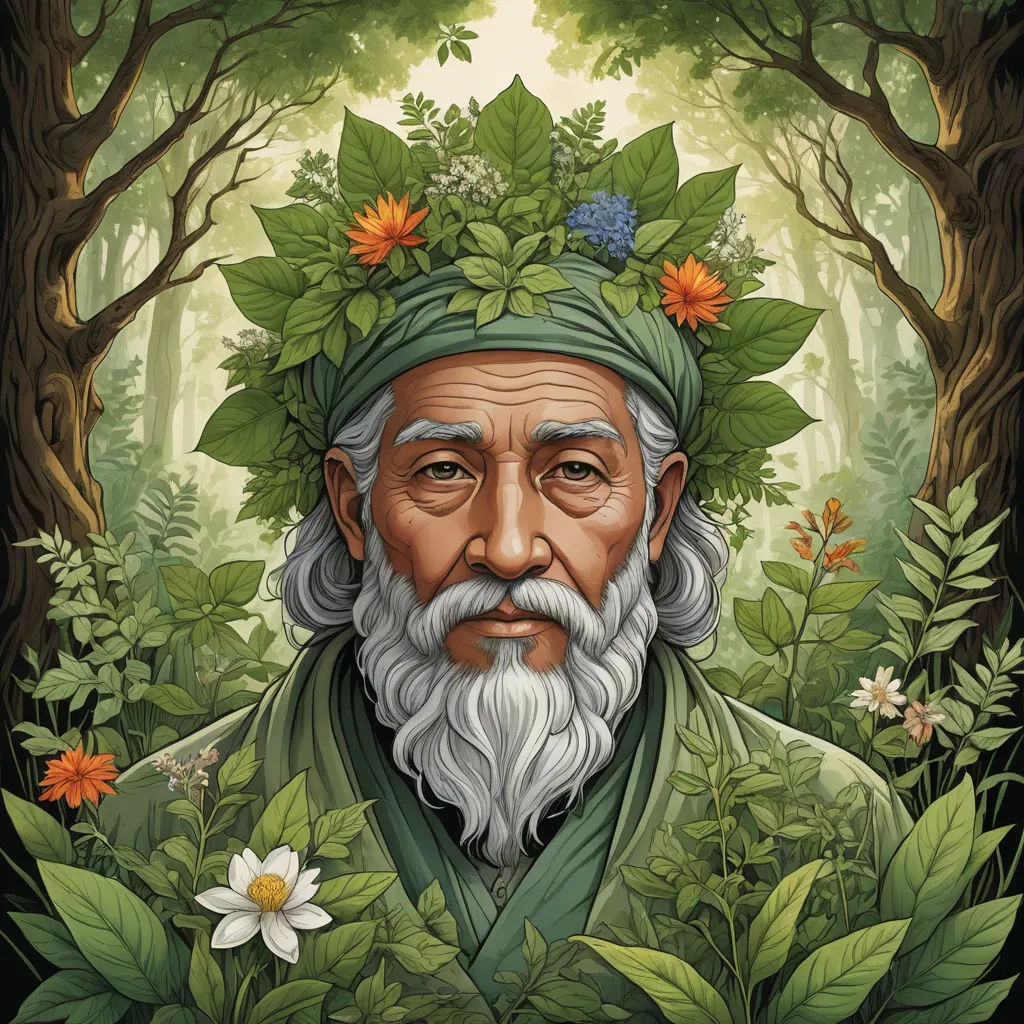
We then encounter Ossain, the Orisha of healing and medicinal herbs. His image and description provide insights into his wisdom and knowledge of nature.
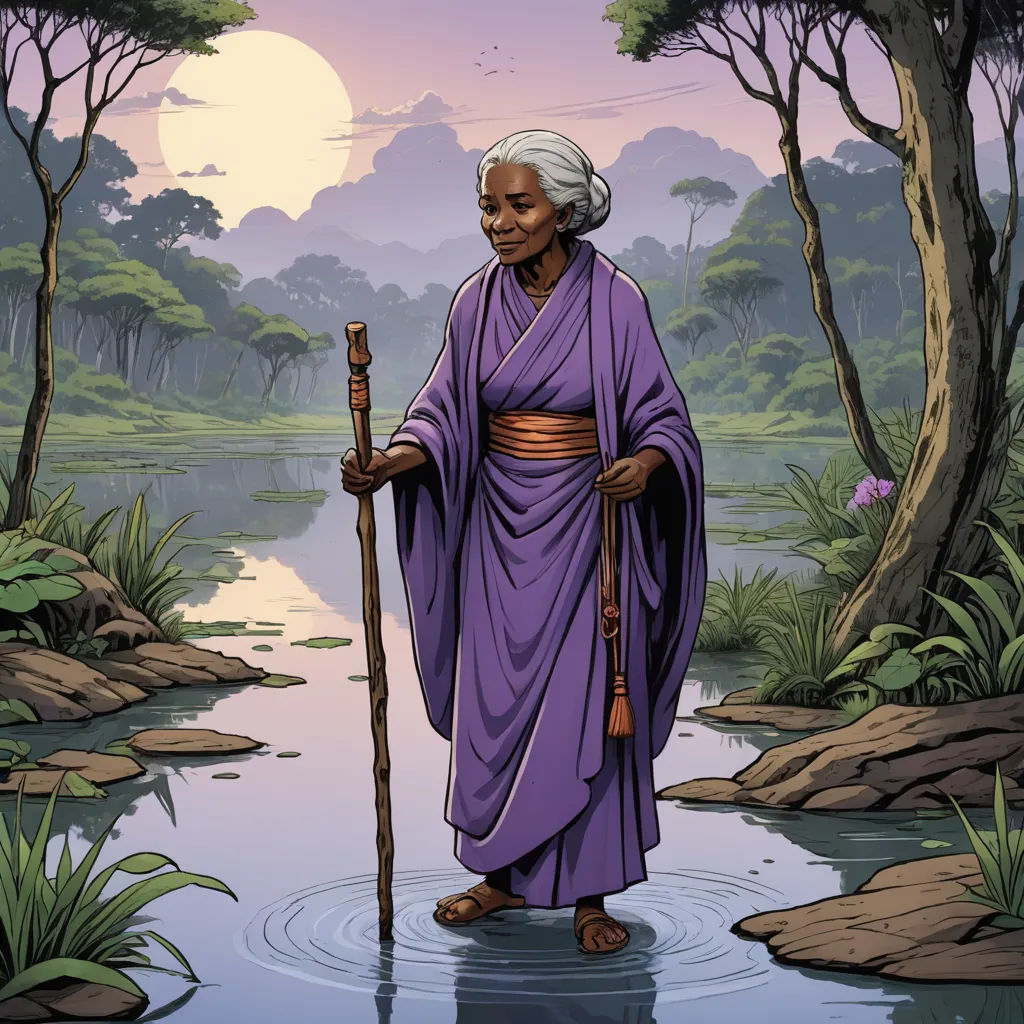
Next, the book introduces Nanã, the Orisha of mud, swamps, and primordial life. Her serene image is paired with a narrative of her deep connection with the origins of life.

The book then reveals Oxalá, the creator Orisha. His peaceful image and narrative explain his role in the creation of human bodies and the calm he brings.

Next, we meet Logun Ede, the Orisha of freshwater fishing and hunting. His image and description convey his youthful energy and his dual nature.
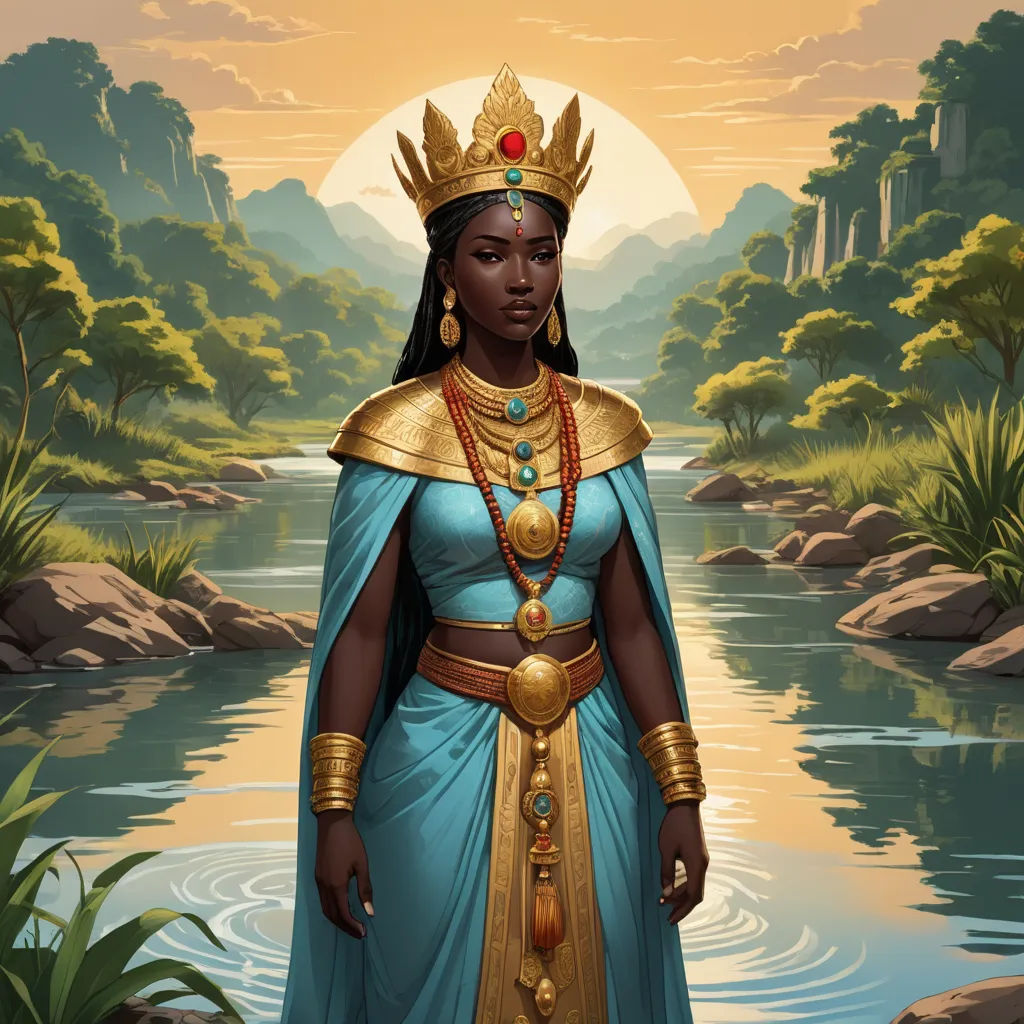
The book then introduces Oba, the Orisha of the river Oba and the first wife of Xango. Her image and narrative reveal her loyalty, jealousy, and transformative power.
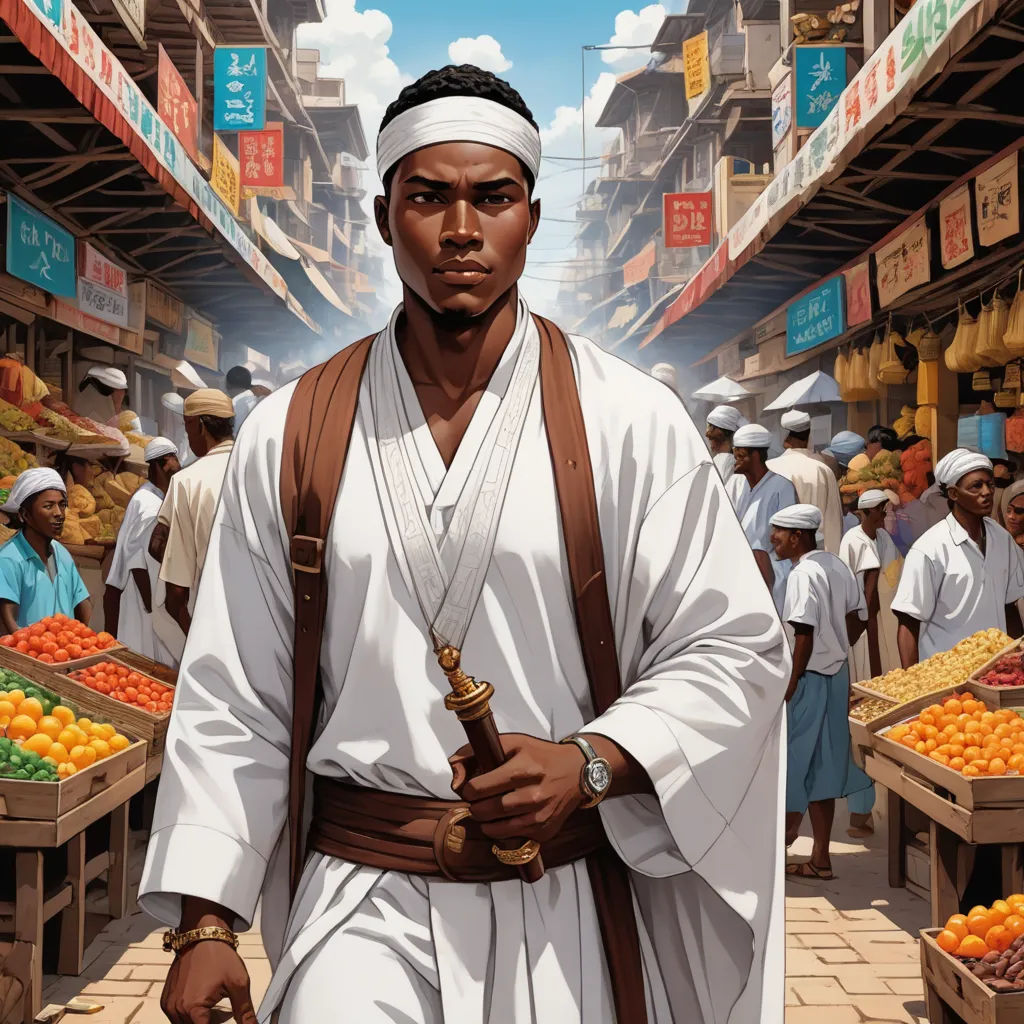
Next, we encounter Oxaguiã, the Orisha of work and effort. His image and description emphasize his industrious nature and his role in encouraging human effort.

The book then reveals Oxumare, the Orisha of the rainbow and cycles of life. His vibrant image and narrative reflect his connection with wealth, prosperity, and the continuity of life.
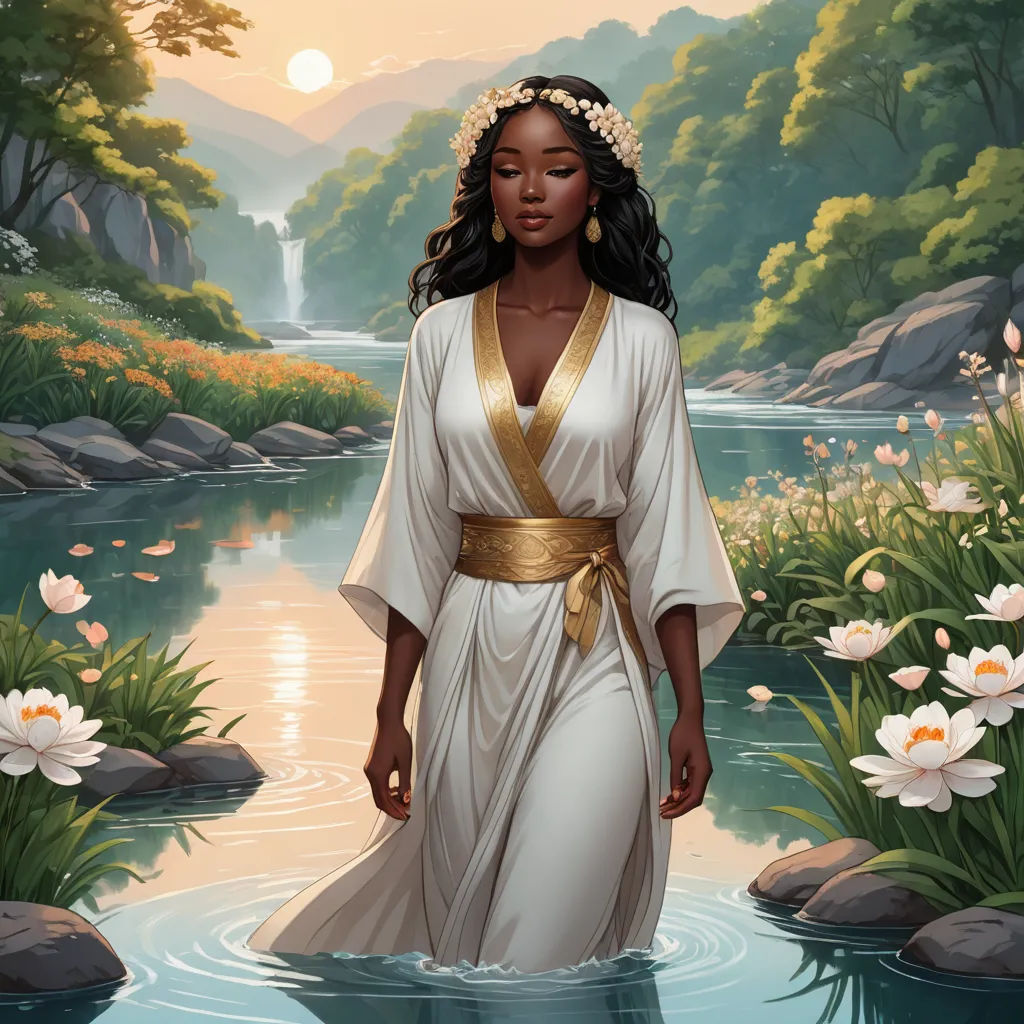
We then explore Ewá, the Orisha of beauty, love, and freshwater. Her image and description emphasize her purity, her mysterious nature, and her role in enhancing beauty.

The book then introduces Obaluaiye, the Orisha of diseases and healing. His image and narrative provide insights into his role in health, sickness, and the balance of life.

We then meet Ibeji, the Orisha of twins and joy. Their radiant image is accompanied by a description of their playful nature and their role in bringing happiness.
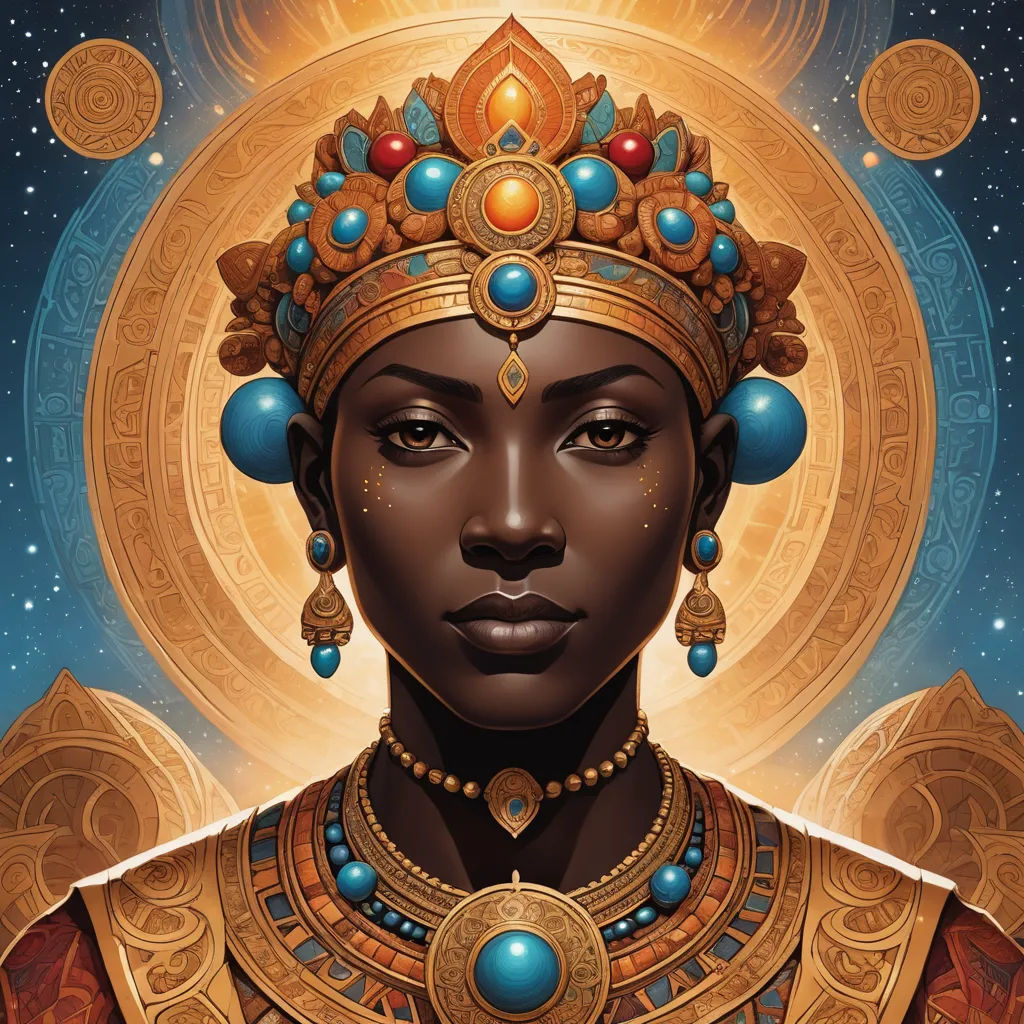
The book concludes with Ori, the Orisha of personal divinity. His image and narrative emphasize the importance of self-awareness and personal growth in the Yoruba tradition.
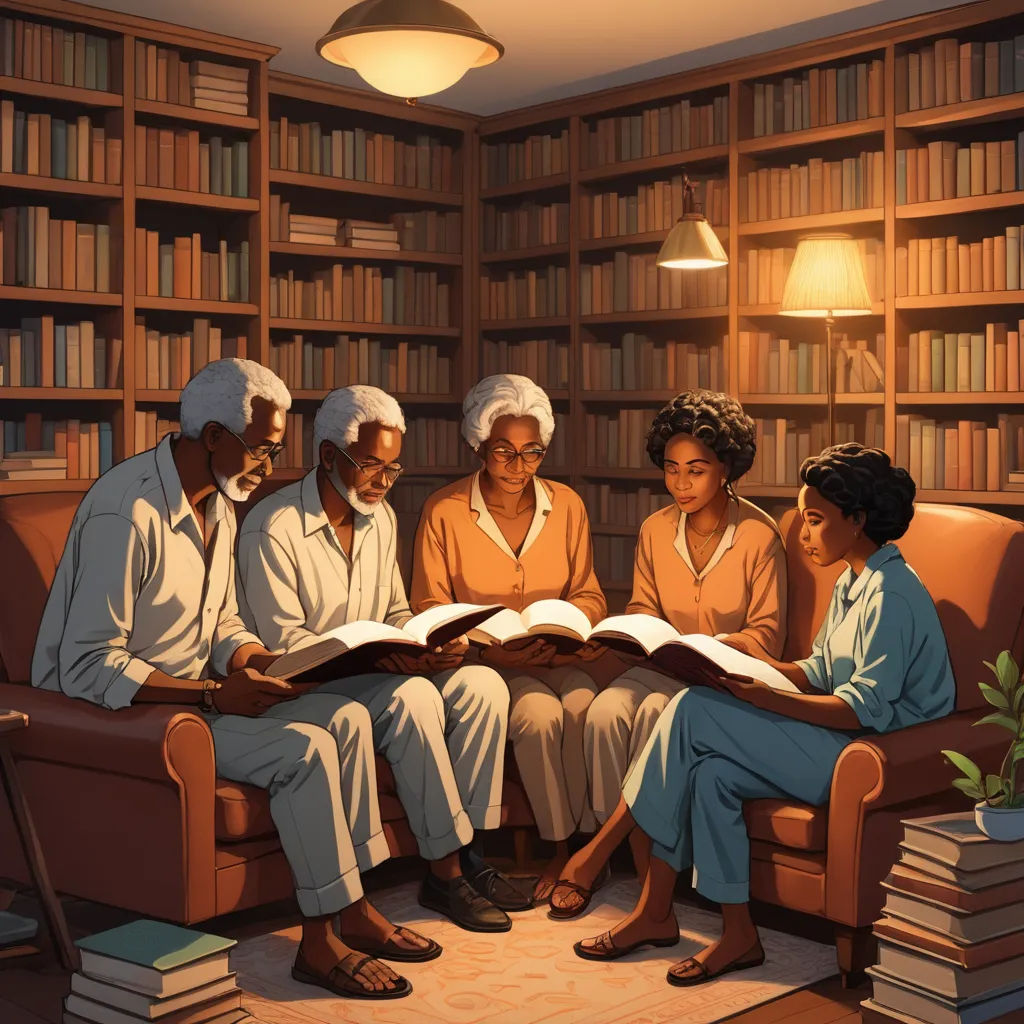
In the final pages, the book offers a reflective conclusion. It invites readers to contemplate on the wisdom of the Orishas and their relevance in contemporary life.
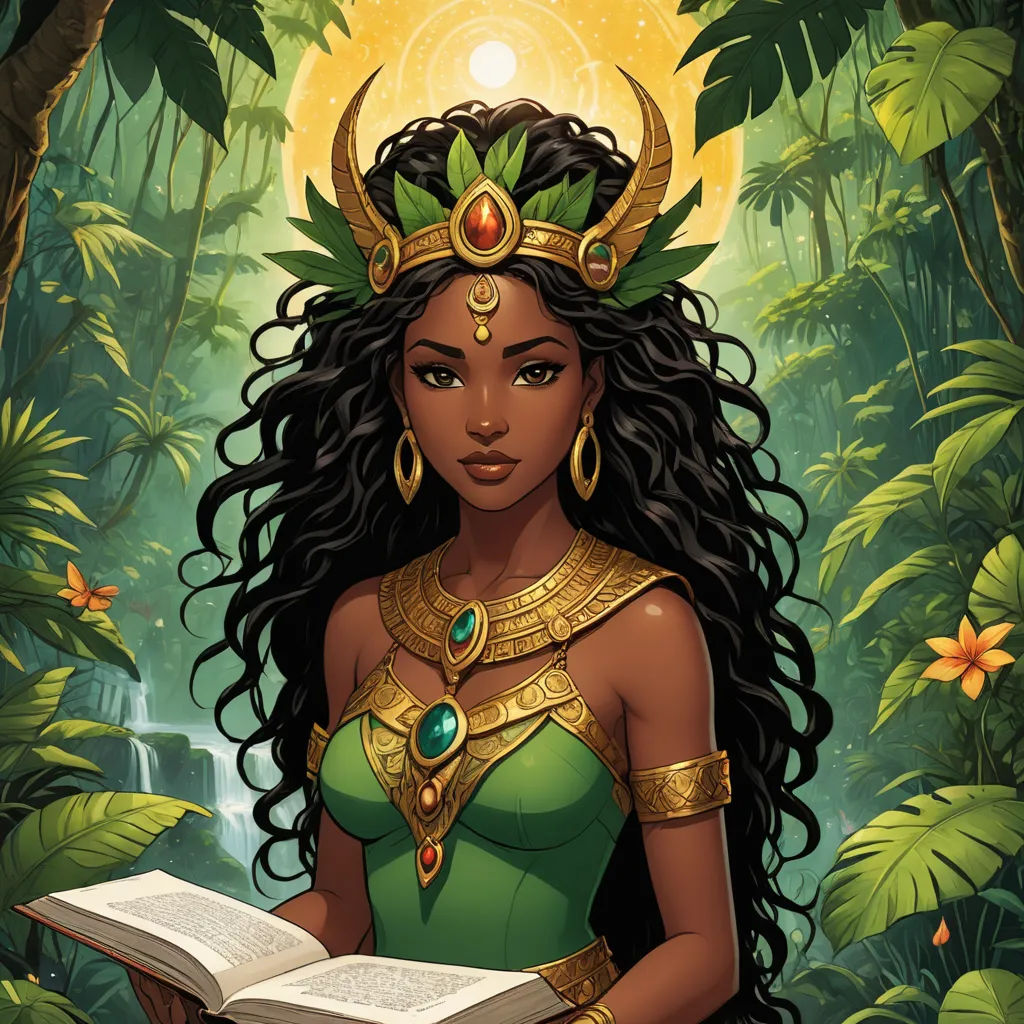
The book serves as a beautiful exploration of the rich mythology of the Brazilian Orishas. It provides a unique blend of vivid imagery and insightful narratives, making it a captivating read.
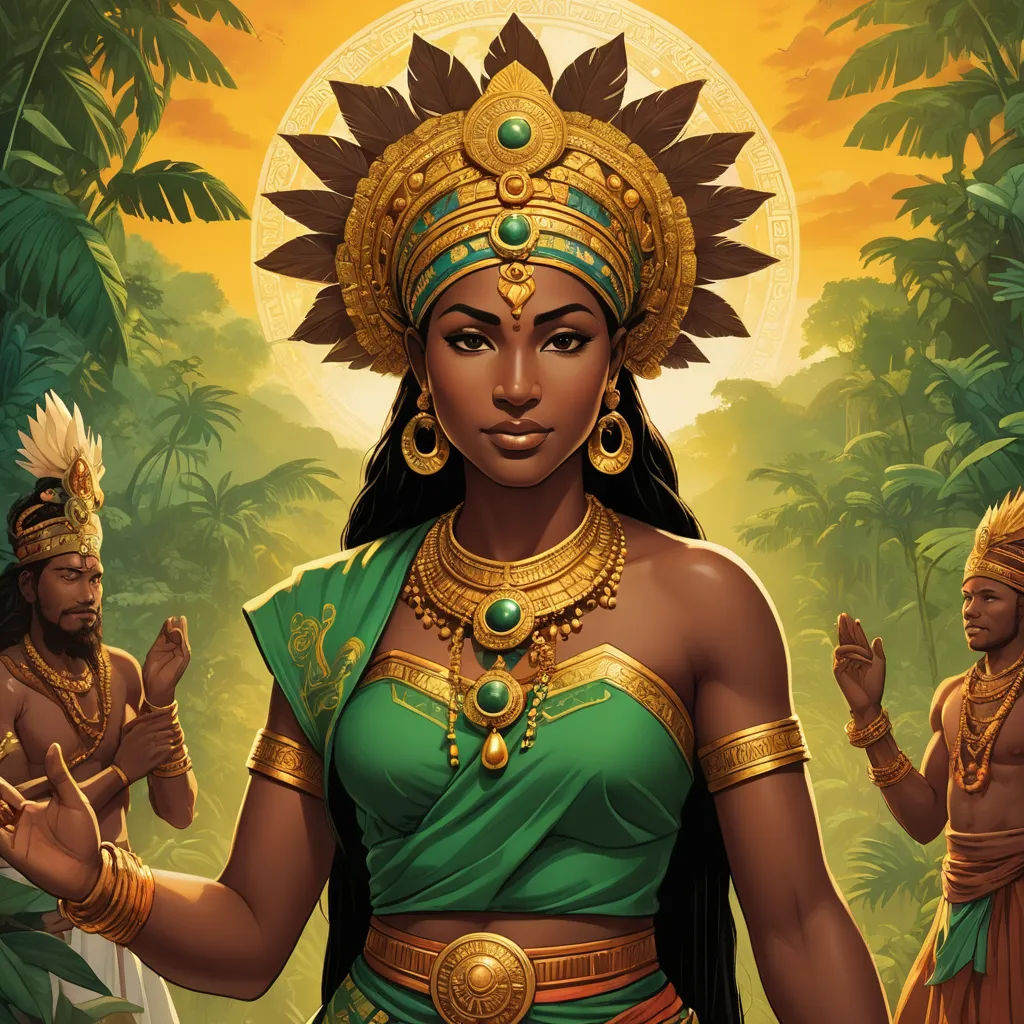
Ultimately, 'Orixas: Gods of Brazil' is more than just a book. It's a journey into the heart of Brazilian spirituality, bringing the divine world of the Orishas closer to the reader.